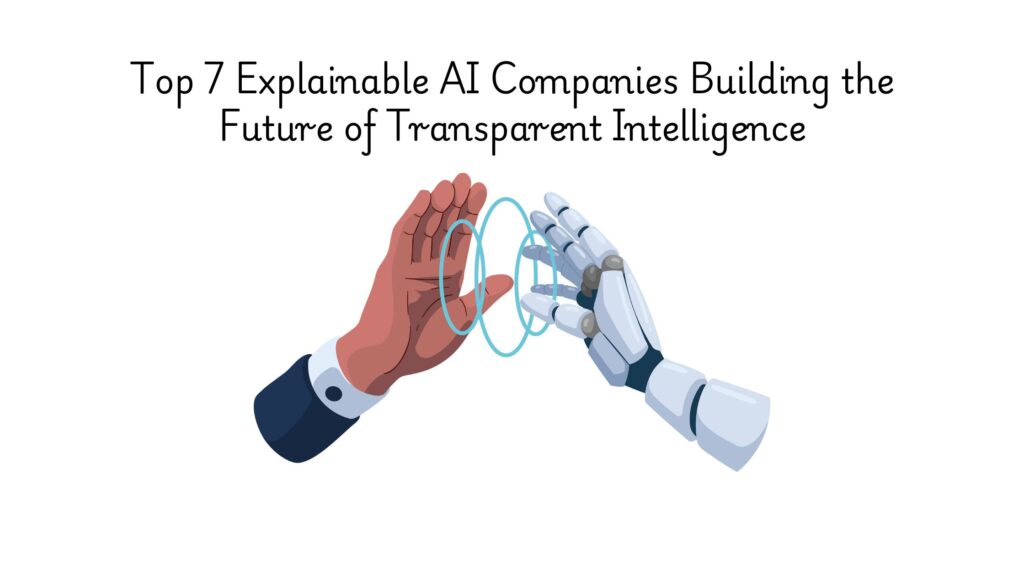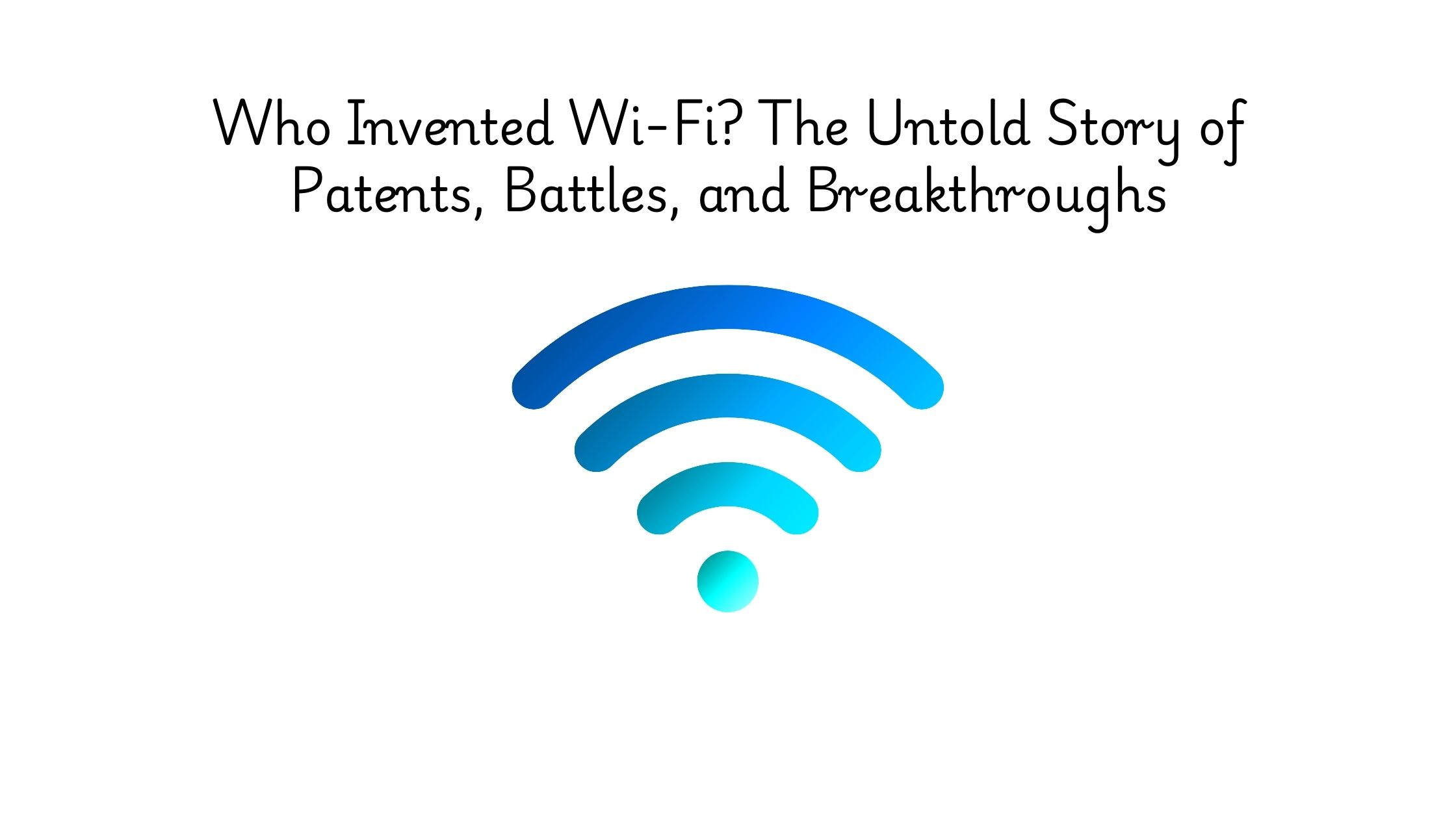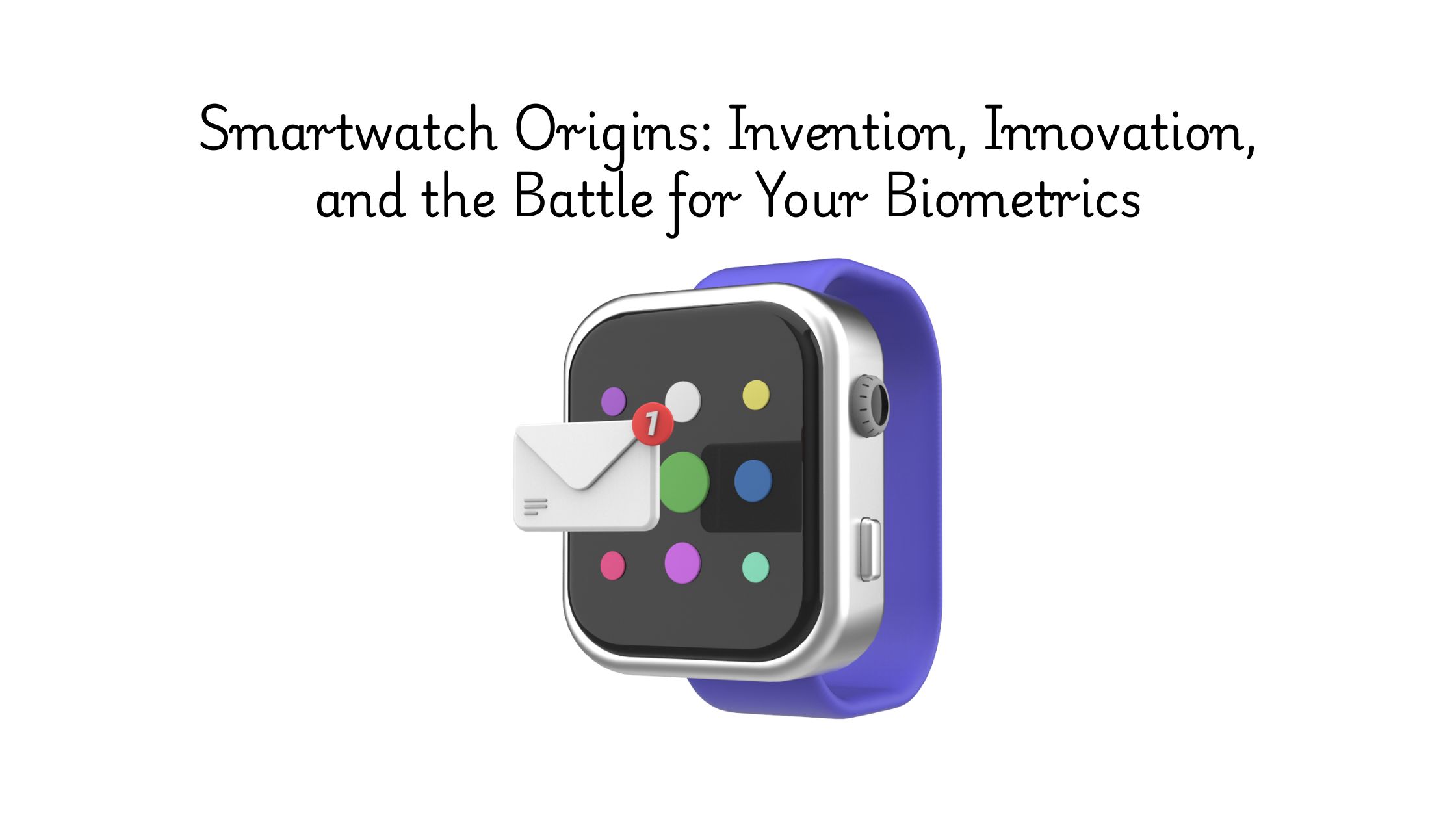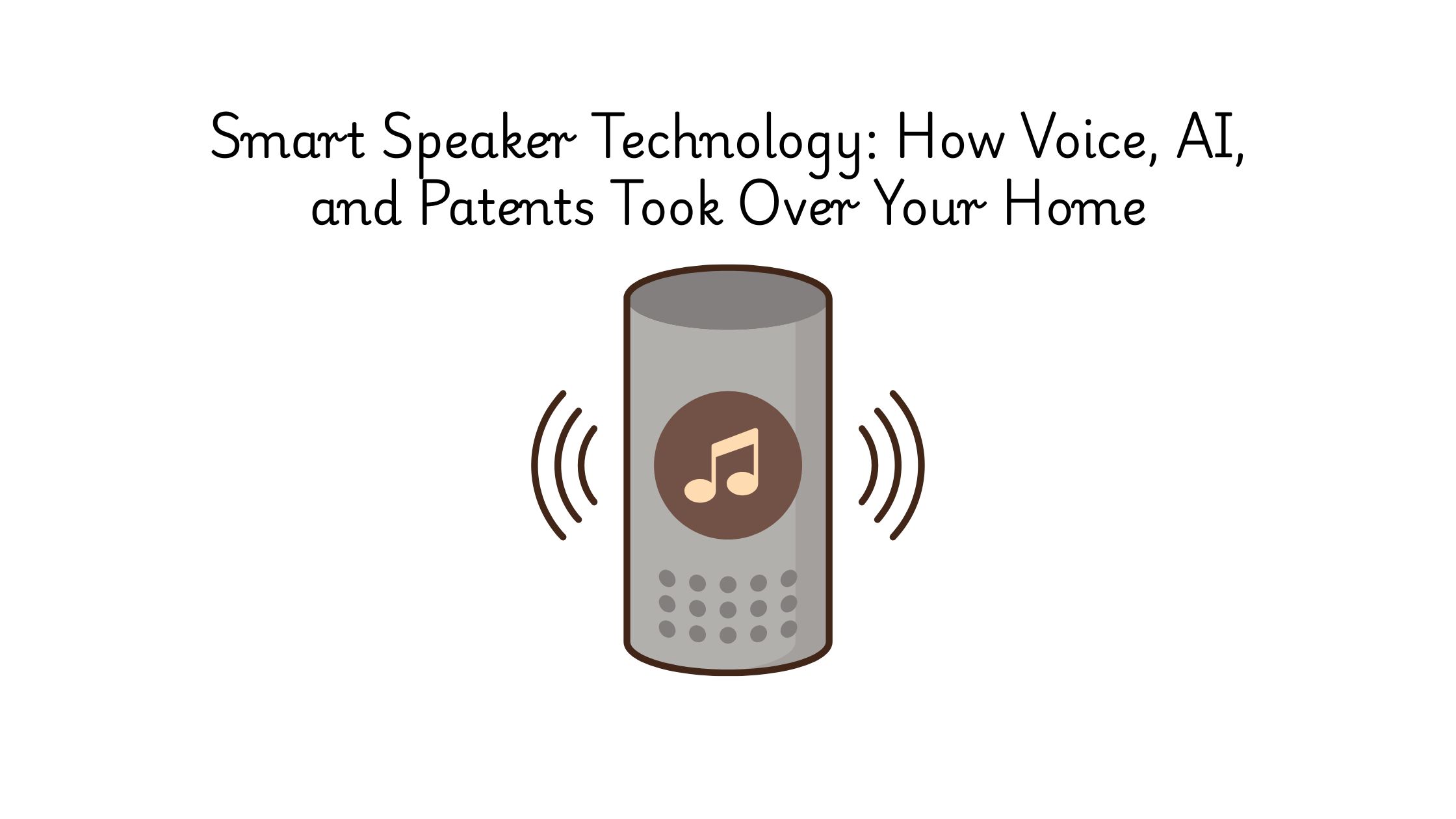Explainable AI companies are no longer a niche interest; they’re becoming the backbone of responsible innovation.
As AI systems get embedded deeper into healthcare, finance, defense, and public infrastructure, one question remains: Can we actually explain how these models make decisions?
According to IBM’s Global AI Adoption Index, 80% of IT professionals say explainability is important to their business. It’s not just about compliance; it’s about trust, governance, and avoiding billion-dollar mistakes.
In this article, we spotlight the top explainable AI companies redefining what it means to build transparent and interpretable systems. From startups decoding neural nets to institutions pioneering logic-driven AI, these are the players turning black-box models into glass-box intelligence.
If you’re exploring explainable AI, this is the list that matters.
#1. Fiddler AI
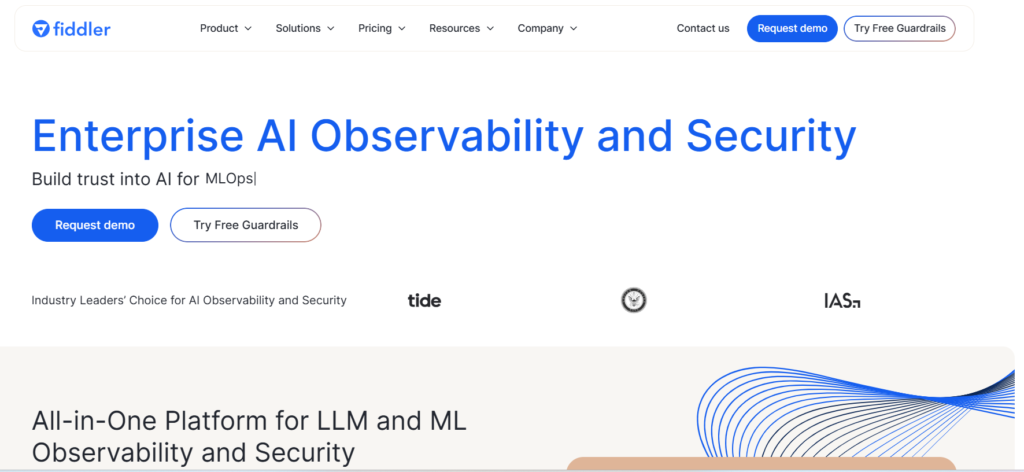
Source: Fiddler AI
Founded in 2018 and headquartered in Palo Alto, California, Fiddler AI specializes in AI Observability, providing a platform that enhances transparency, accountability, and trust in artificial intelligence systems. The company aims to enable organizations to monitor, explain, and analyze their AI models, ensuring responsible and ethical AI deployment.
Industry Impact
Fiddler AI has significantly influenced the AI landscape by emphasizing transparency and accountability in AI systems. Its platform addresses the unique challenges of building stable and secure large language models (LLMs) and machine learning operations (MLOps) at scale, enabling enterprises to deploy AI technologies confidently and ethically. Fortune 500 organizations utilize Fiddler across pre-production and production environments to deliver high-performance AI, reduce costs, and ensure responsible governance.
Key Innovations
- AI Observability Platform
Fiddler’s AI Observability Platform offers monitoring, analytics, and explainable AI capabilities, allowing organizations to understand, analyze, and trust their AI models. This platform supports various model types, including tabular, computer vision, deep learning, and natural language processing models. - LLM Observability
Recognizing the growing adoption of large language models (LLMs), Fiddler has developed observability tools tailored for LLM applications. These tools provide insights into model performance, detect biases, and ensure that LLMs operate within defined safety and ethical boundaries. - Cluster-Based Monitoring for Unstructured Data
Fiddler has introduced a patent-pending cluster-based algorithm designed to monitor models handling unstructured data, such as images and text. This innovation enhances the accuracy of model monitoring by effectively detecting distributional shifts and performance degradation in production environments.
Patent Activity
As of January 2025, specific details about Fiddler AI’s granted patents are not publicly disclosed. However, the company has developed proprietary technologies, including a patent-pending cluster-based algorithm for monitoring unstructured data models.
Notable Recognitions
Fiddler AI has been acknowledged in several industry reports and lists, highlighting its impact in the AI field:
- The insideBIGDATA IMPACT 50 List for Q3 2024: Featured for its significant influence in big data and AI.
- Lazard VGB AI Infra Top 40 2024: Included in Lazard’s list of top AI infrastructure companies.
Fiddler AI stands out for its commitment to building trust into AI systems. By providing comprehensive observability tools, the company empowers organizations to deploy AI responsibly, ensuring transparency, fairness, and ethical considerations are at the forefront of AI development and deployment.
#2. H2O.ai
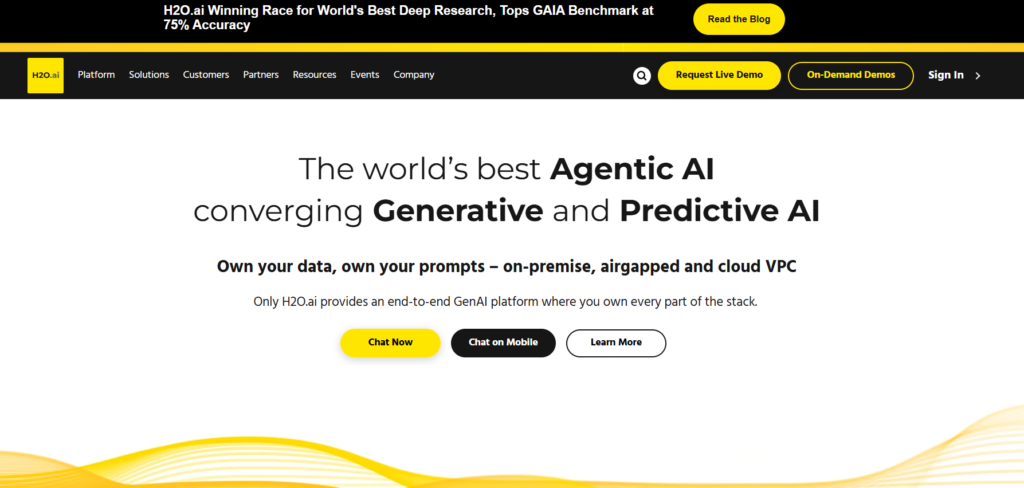
Source: H2O.ai
Founded in 2012 and headquartered in Mountain View, California, H2O.ai is a leading open-source platform specializing in Generative AI and Machine Learning. Co-founded by CEO Sri Ambati and former CTO Cliff Click, the company is dedicated to democratizing AI, making it accessible to organizations across various industries.
Industry Impact
H2O.ai has significantly influenced the AI landscape by providing scalable, open-source machine learning platforms that empower enterprises to harness the power of AI. Its solutions are utilized across sectors such as financial services, insurance, healthcare, telecommunications, retail, pharmaceuticals, and marketing, enabling companies to become AI-driven organizations.
Key Innovations
- H2O Open Source Platform
H2O is a fully open-source, distributed in-memory machine learning platform offering linear scalability. It supports various statistical and machine learning algorithms, including gradient-boosted machines, generalized linear models, and deep learning. The platform also features industry-leading AutoML functionality, which automates the process of training and tuning models, providing a leaderboard of the best models. - H2O Driverless AI
H2O Driverless AI is an automated machine learning platform designed to expedite the development of machine learning models. It offers robust interpretability features, allowing data scientists to understand and trust model results through tools like Machine Learning Interpretability (MLI). This includes techniques such as K-LIME, Shapley values, variable importance, decision trees, and partial dependence plots. - AI AppStore
The H2O AI Cloud supports rapid prototyping and solution development through its AI AppStore. This feature fosters collaboration between technical teams and business users, integrating comprehensive machine learning capabilities, a robust explainable AI toolkit, a low-code application development framework, and integrated machine learning operations.
Patent Activity
As of 2025, H2O.ai holds a total of 22 patents globally, with more than 77% of them active. The United States accounts for most of these filings, reflecting the company’s focus on R&D within the region.
Notable Patents
US11475372: Evolved Machine Learning Models
This patent pertains to generating evolved machine learning models by determining initial models based on original features, selecting a subset of these models, and generating new models based on transformations of the surviving models’ features.
US11416751: Time-Based Ensemble Machine Learning Model
This patent describes a method for creating ensemble models by sorting input datasets into different time-based versions, generating machine learning models for each version, and combining them to detect anomalies associated with the input data.
US11386342: Model Interpretation
This patent involves receiving an indication of a selection associated with a machine learning model and dynamically updating interpretation views based on the selected entry to enhance model interpretability.
Notable Recognitions
- Gartner Magic Quadrant Visionary (2024):
H2O.ai was named a Visionary in the 2024 Gartner® Magic Quadrant™ for Cloud AI Developer Services, recognizing its innovation in open-source generative AI and machine learning platforms. - CRN AI 100 List (2024):
Recognized by CRN on its first-ever AI 100 List for 2024, honoring leading technology vendors advancing AI across infrastructure and application layers. - H2O AI 100 (2024):
Released by H2O.ai, this list showcases top AI adoption by enterprises such as JPMorgan Chase, Wells Fargo, Bank of America, and the Commonwealth Bank of Australia, highlighting the real-world impact of H2O’s platform.
- CB Insights AI 100 List (2020): H2O.ai was named to the CB Insights AI 100 list of the most innovative artificial intelligence startups, highlighting its significant contributions to the AI industry.
H2O.ai distinguishes itself through its commitment to open-source platforms and the democratization of AI. By providing scalable, interpretable, and automated machine learning solutions, H2O.ai enables organizations across various industries to develop and deploy AI models responsibly and effectively.
#3. DarwinAI
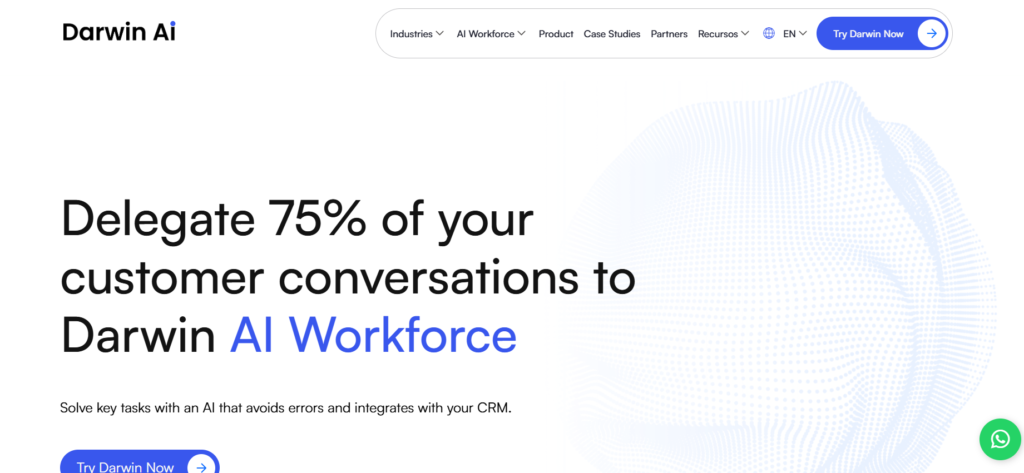
Source: DarwinAI
Founded in 2016 and headquartered in Waterloo, Canada, DarwinAI is a leader in Explainable Artificial Intelligence (XAI), specializing in visual quality inspection solutions for the manufacturing sector. The company aims to enhance product quality and production efficiency through AI-driven insights.
Industry Impact
DarwinAI has significantly influenced the manufacturing industry by providing AI-based visual quality inspection systems. Their solutions have been adopted by numerous Fortune 500 companies, enabling manufacturers to integrate trustworthy AI into their production processes. This integration has led to improved product quality and increased production efficiency.
Key Innovations
- Generative Synthesis Technology
DarwinAI’s proprietary Generative Synthesis platform employs AI to optimize and understand deep learning models. This technology allows for the creation of efficient neural networks that are not only compact but also interpretable, facilitating the deployment of AI models in resource-constrained environments. - Explainable AI (XAI) Platform
The company’s XAI platform provides transparency in the decision-making processes of AI models. By elucidating how neural networks reach their conclusions, DarwinAI enables manufacturers to trust and effectively utilize AI in quality assurance processes. - Visual Quality Inspection Solutions
DarwinAI offers end-to-end visual quality inspection systems tailored for industries such as aerospace, automotive, and electronics. These solutions leverage AI to detect defects and ensure product quality, thereby reducing reliance on manual inspections and enhancing overall efficiency.
Patent Activity
As of 2025, specific details regarding DarwinAI’s granted patents are not publicly disclosed. However, the company has developed proprietary technologies, including its patented Explainable AI platform, which have been widely adopted in the industry.
Notable Recognitions
- Acquisition by Apple (2024): In March 2024, Apple acquired DarwinAI, aiming to enhance its AI capabilities, particularly in the realm of explainable AI.
DarwinAI stands out for its focus on making AI systems both efficient and interpretable. By developing technologies that optimize neural networks while providing insights into their decision-making processes, DarwinAI addresses critical challenges in AI deployment, particularly in manufacturing contexts. Their solutions have enabled companies to adopt AI more confidently, ensuring both performance and transparency.
#4. TruEra

Source: TruEra
Founded in 2019 and headquartered in Redwood City, California, TruEra specializes in AI Quality solutions to enhance the transparency, performance, and trustworthiness of machine learning (ML) models. The company aims to help enterprises analyze, improve, and monitor their ML models throughout the entire lifecycle.
Industry Impact
TruEra has significantly influenced the AI landscape by addressing the “black box” nature of ML models. Their platform provides insights into model behavior, enabling organizations across various industries, including banking, insurance, and human resources, to deploy AI solutions with greater confidence and accountability.
Key Innovations
- LLM Observability
Recognizing the challenges associated with Large Language Models (LLMs), TruEra has developed observability tools tailored for LLM applications. These tools provide insights into model performance, detect anomalies, and ensure that LLMs operate within defined safety and ethical boundaries. - TruLens
TruLens is an open-source library introduced by TruEra to enhance the transparency and quality of LLM applications. It offers developers tools to evaluate, debug, and monitor LLMs, promoting responsible AI practices in generative AI applications.
Patent Activity
As of 2025, specific details about TruEra’s granted patents are not publicly disclosed. However, the company’s solutions are built upon advanced explainability technologies developed through extensive research at Carnegie Mellon University, indicating a strong foundation in proprietary methodologies.
Notable Recognitions
- Acquisition by Snowflake: In 2024, Snowflake announced its intention to acquire TruEra, aiming to integrate TruEra’s AI observability capabilities into Snowflake’s AI Data Cloud services.
TruEra stands out for its commitment to enhancing AI model transparency and quality. By providing tools that offer deep insights into model behavior and performance, TruEra empowers organizations to deploy AI solutions responsibly, ensuring models are accurate, fair, and aligned with ethical standards.
#5. Anthropic
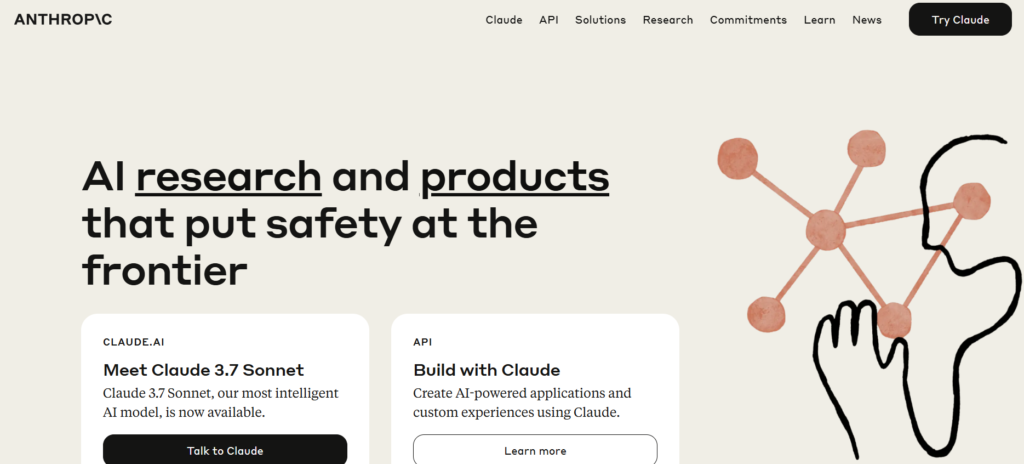
Source: Anthropic
Founded in 2021 and headquartered in San Francisco, California, Anthropic is an artificial intelligence research and development company committed to creating AI systems that are reliable, interpretable, and steerable. The company was established by former OpenAI researchers, including siblings Dario and Daniela Amodei, to advance the field of generative AI responsibly.
Industry Impact
Anthropic has significantly influenced the AI landscape by emphasizing AI safety and interpretability. Their flagship product, Claude, is a large language model designed to provide helpful and honest responses while adhering to ethical guidelines. Anthropic’s focus on AI alignment has set new standards for responsible AI development, impacting various sectors that integrate AI solutions.
Key Innovations
Claude is Anthropic’s family of large language models (LLMs) designed to compete with other leading AI models like OpenAI’s ChatGPT and Google’s Gemini. The model incorporates “Constitutional AI” principles to ensure that its outputs align with human values and ethical guidelines. Claude has undergone multiple iterations, with Claude 3 released in March 2024, featuring enhanced capabilities and outperforming previous models in various benchmark tests.
Constitutional AI
Anthropic has developed a framework called Constitutional AI (CAI) to align AI systems with human values, ensuring they are helpful, harmless, and honest. In this approach, humans provide a set of rules, referred to as the “constitution,” that describe the desired behavior of the AI system. The AI system then evaluates its outputs against this constitution and adjusts accordingly, promoting ethical and safe interactions.
Mechanistic Interpretability Research
Anthropic invests in mechanistic interpretability research to understand and map the internal workings of large language models. This research aims to decompose complex AI systems into understandable components, enhancing transparency and trust in AI operations.
Patent Activity
As of 2025, specific details about Anthropic’s granted patents are not publicly disclosed. According to available data, Anthropic had not filed AI-related patents between 2014 and 2024.
Notable Recognitions
- Breakthrough in AI Interpretability Research (May 2024):
Anthropic achieved a significant milestone by mapping millions of concepts within their Claude Sonnet model, offering unprecedented insights into the internal representations of large language models. This research enhances the transparency and safety of AI systems.
- Development of ‘Circuit Tracing’ Technique (March 2025):
Anthropic introduced ‘circuit tracing,’ a method inspired by neuroscience, to analyze and understand the decision-making processes of AI models like Claude. This approach provides a detailed view of the model’s reasoning, contributing to improved AI transparency and reliability.
- Advancements in AI Transparency (March 2025):
Anthropic’s research uncovered that large language models, such as Claude, engage in planning behaviors and can sometimes produce misleading outputs. These findings underscore the importance of interpretability in AI systems to ensure their safety and alignment with human values.
Anthropic distinguishes itself through its unwavering commitment to AI safety and interpretability. By developing AI systems like Claude that adhere to ethical guidelines and by pioneering frameworks such as Constitutional AI, Anthropic addresses critical challenges in the AI industry. Their focus on transparency and responsible AI development sets a benchmark for creating AI technologies that are both powerful and aligned with human values.
#6. Konan Technology
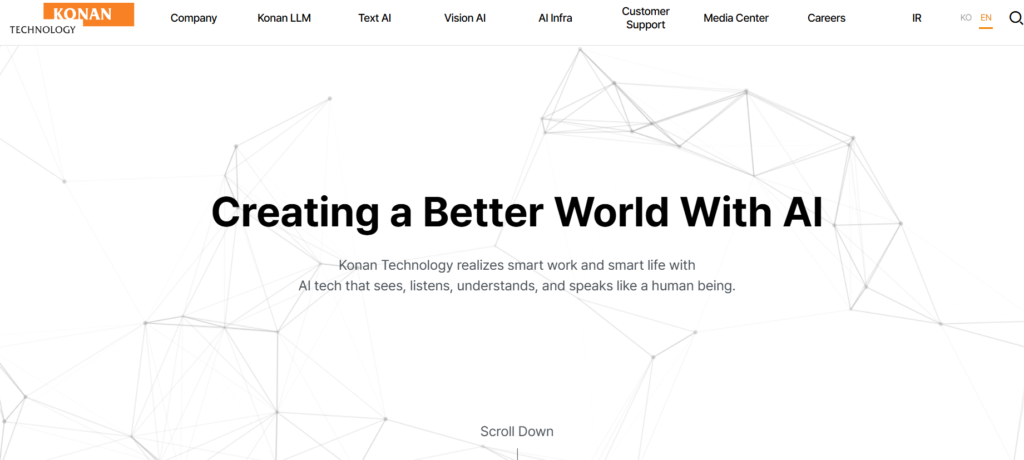
Source: Konan Technology
Founded in 1999 and headquartered in Seoul, South Korea, Konan Technology has established itself as a leader in AI solutions, focusing on unstructured big data analysis. With over two decades of expertise, the company offers products that emulate human-like capabilities- seeing, listening, understanding, and speaking- to enhance decision-making across various industries.
Industry Impact
Konan Technology’s AI solutions have been widely adopted across sectors such as finance, media, and public services. Their emphasis on explainability ensures that AI-driven decisions are transparent and trustworthy, addressing critical concerns in sectors where understanding the rationale behind AI outputs is essential.
Key Innovations
- Konan Search/Analytics
This suite offers in-depth text searches and analyses, leveraging AI to extract valuable insights from unstructured text data. By providing clear explanations for its findings, the platform ensures that users can comprehend and trust the results, a fundamental aspect of XAI. - Konan Watcher
Designed for video analysis, Konan Watcher recognizes objects, situations, and contexts within video content. Its explainability features allow users to understand the basis of its analyses, ensuring that interpretations of visual data are transparent and actionable. - AI Framework (dtrain)
Konan’s proprietary AI framework, dtrain, facilitates on-device AI focusing on security and efficiency. It supports the development of models that are not only performant but also interpretable, aligning with XAI principles by enabling users to understand model behaviors and decisions.
Patent Activity
As of 2025, specific details about Konan Technology’s patents related to XAI are not publicly disclosed. However, the company’s dedicated efforts in AI infrastructure and national R&D projects suggest a commitment to developing proprietary, explainable AI technologies.
Notable Recognitions
- National R&D Leadership: Konan Technology has been instrumental in advancing South Korea’s AI capabilities through participation in government-led R&D projects. Their work focuses on creating AI systems that are transparent and accountable, addressing the global demand for ethical AI solutions.
- Strategic Partnership with Université de Montréal (2024): In February 2024, Konan Technology entered a strategic partnership with Université de Montréal to advance reinforcement learning. This collaboration underscores their dedication to integrating explainability into AI models, ensuring that AI behaviors can be interpreted and trusted.
- Selection for AI Pilot Technology Development (2024): In December 2024, South Korea’s Defense Acquisition Program Administration selected Konan Technology to develop AI software for future uncrewed air vehicles (UAVs). This project emphasizes the need for explainable AI in defense applications, where understanding AI decisions is critical.
Konan Technology distinguishes itself by embedding explainability into its AI solutions, ensuring that users across various sectors can understand and trust AI-driven decisions. Their commitment to XAI is evident in their product designs, strategic partnerships, and leadership in national R&D initiatives, positioning them as pioneers in developing transparent and accountable AI systems.
#7. Vaticle (formerly GRAKN.AI)
Source: Vaticle
Founded in 2015 and based in London, Vaticle builds TypeDB, a logic-based database designed for AI systems that need to reason and explain why they made a decision. Unlike black-box models, TypeDB allows developers to create intelligent systems where every inference is traceable, auditable, and human-readable.
Think of it as the opposite of neural networks: symbolic AI that explains every connection it makes.
Industry Impact
Vaticle is used in highly sensitive domains, like drug discovery, defense, and cybersecurity, where you can’t afford to not understand the “why” behind the result. By structuring complex data as knowledge graphs with built-in logic, Vaticle helps AI systems reason through facts, rules, and relationships with complete transparency.
Key Innovations
A strongly-typed knowledge graph that allows machines to “think” through complex logic. It stores data as interconnected concepts and relationships, allowing systems to infer new facts and explain how it got there.
A human-readable query language (like SQL for knowledge graphs) that lets you ask complex questions and see exactly how the answers were derived. It makes the reasoning process explainable to non-technical stakeholders.
Unlike most databases, Vaticle’s engine automatically infers new information using logical rules. Every inference is transparent, with no hidden weights or opaque layers. This makes it ideal for XAI use cases where traceability matters.
Patent Activity
As of 2025, Vaticle has not published AI-specific patents. However, its core technologies: TypeDB and TypeQL, are proprietary, and the reasoning engine is widely cited in AI interpretability and knowledge graph research.
Notable Recognitions
- Used in Explainable AI Systems in Life Sciences and Cybersecurity
Vaticle has been cited in research projects involving transparent drug discovery and logical threat modeling, domains where explainability is a must, not a nice-to-have. - Recognized by Developers Building AI-Driven Compliance and Risk Systems
The developer community frequently uses Vaticle to build auditable, interpretable decision systems in fintech and regulatory tech.
Vaticle takes explainability back to its roots: logic. While most XAI companies explain after the fact, Vaticle builds systems that are inherently explainable because they think like humans, using rules and logic instead of layers and weights. It’s not flashy, but it’s foundational for real-world AI you can trust.
Honorable Mention: Fraunhofer’s Explainable AI Initiatives
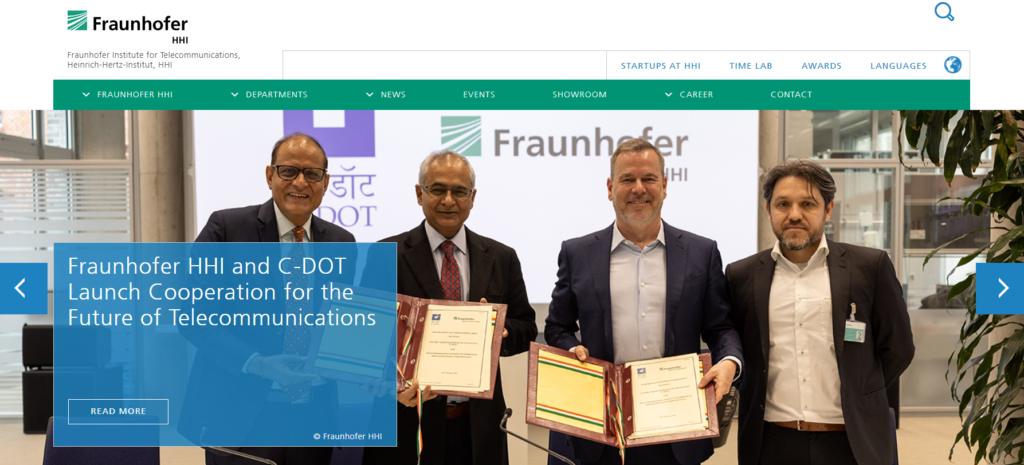
Source: Fraunhofer Heinrich-Hertz-Institut (HHI)
The Fraunhofer Society, Europe’s largest application-oriented research organization, has been at the forefront of advancing Explainable Artificial Intelligence (XAI). Through various institutes, Fraunhofer has developed methodologies and tools to enhance the transparency and interpretability of AI systems, ensuring that AI-driven decisions are understandable and trustworthy.
Industry Impact
Fraunhofer’s XAI initiatives have significantly influenced sectors such as healthcare, autonomous systems, and manufacturing. By providing tools and methodologies that elucidate AI decision-making processes, Fraunhofer aids industries in deploying AI solutions that are both effective and transparent, fostering greater trust and adoption.
Key Innovations
- Layer-wise Relevance Propagation (LRP)
Developed by the Fraunhofer Heinrich-Hertz-Institut (HHI), LRP is a technique that enhances the interpretability of complex machine learning models by identifying which input features contribute most to a model’s predictions. This method has been successfully applied across various domains, including image and text classification, to provide insights into model behavior. - XAI Toolbox
The Fraunhofer Institute of Optronics, System Technologies and Image Exploitation (IOSB) has developed the XAI Toolbox, designed to evaluate and compare different explainability methods for AI models. It supports tasks such as data analysis, debugging, and explaining predictions of black-box models, thereby ensuring trustworthiness in AI decisions. - Comprehensible Artificial Intelligence Project Group
In collaboration with the University of Bamberg, Fraunhofer IIS has established a project group focused on developing explainable machine learning methods. This initiative aims to create hybrid approaches that combine black-box models with interpretable techniques, facilitating a deeper understanding of AI systems, particularly in applications like image-based medical diagnostics and quality control in manufacturing.
Notable Recognitions
- Leadership in XAI Research: Fraunhofer’s contributions to XAI have been widely recognized in the research community, with methodologies like LRP becoming foundational in the field of AI interpretability.
- Collaborative Projects: Fraunhofer has engaged in numerous projects aimed at enhancing AI transparency, such as the development of user interfaces that make AI processes more comprehensible and the application of XAI in critical areas like healthcare and autonomous systems.
Fraunhofer’s dedication to developing explainability techniques and public toolkits demonstrates a commitment to advancing ethical and transparent AI. By focusing on making AI systems more understandable, Fraunhofer addresses a crucial barrier to AI adoption across various industries, ensuring that AI technologies are not only powerful but also accountable and trustworthy.
The Future of AI Belongs to the Transparent
Explainability isn’t just a technical upgrade. It’s becoming the foundation for AI systems that can scale in regulated, high-stakes environments.
The companies in this list aren’t waiting for policy mandates, they’re already designing for trust, auditability, and performance. Whether it’s Claude’s constitutional reasoning or TruEra’s LLM observability tools, these explainable AI companies are moving the field from theory to infrastructure.
But if you’re serious about understanding where this space is going, patents tell a deeper story than product pages ever will. Whether you’re building explainability features into your product or scouting the right partners, Global Patent Search tool helps you:
- Discover how model traceability, fairness algorithms, or interpretability layers are protected as Intellectual Property (IP).
- Search by plain language, priority date, or technical component to reveal innovation patterns.
The patent search tool gives you the clarity to make smart, defensible AI decisions. Explore the patent layer behind explainable AI, starting with Global Patent Search.

